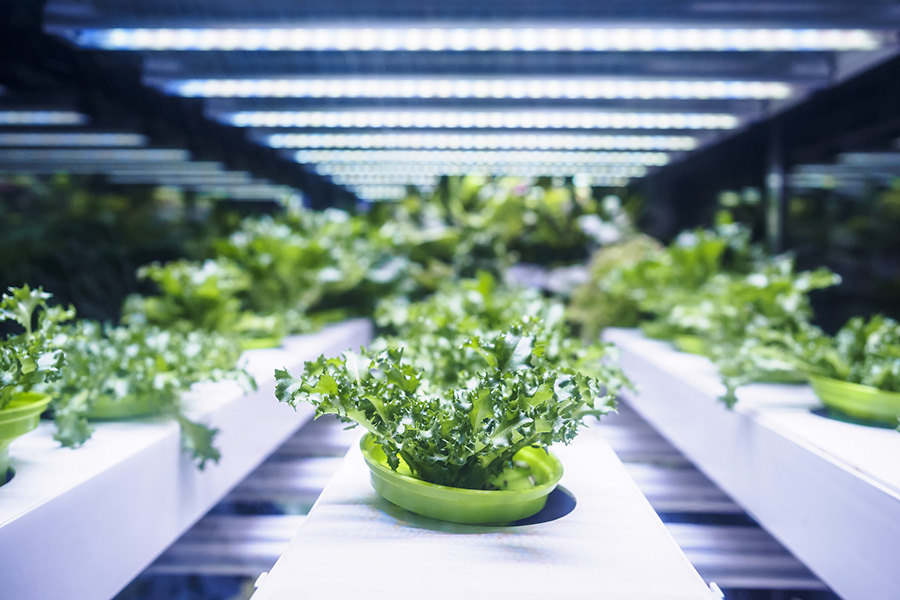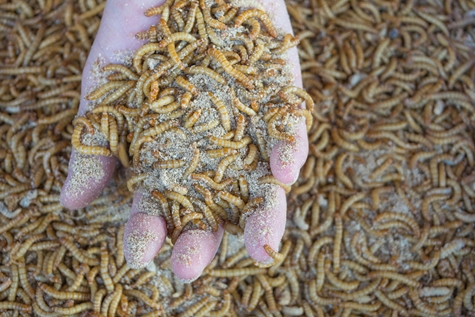What Food Producers and Exporters Need to Know about Pesticide Residue Limits
By Amelie Balsillie
As the food supply becomes increasingly global, consumers are increasingly looking for reassurances that the food they are serving to their families is safe—whether it comes from next door or from halfway around the world. This is especially true of produce. Given that most countries have their own laws and food regulations, how can producers be sure that the food they’re supplying does not pose a risk to consumers?
That’s where maximum residue limits come in. The Maximum Residue Limit (MRL), is the maximum amount of a pesticide that would normally remain on food products when label directions are followed by a grower using that pesticide. Regulatory authorities set MRLs higher than the level that could pose a risk to human health.
The Codex Alimentarius Commission has set an international standard of MRL that forms the basis of country-specific MRLs.
Some countries have implemented monitoring programs to verify that food at the retail level is in compliance with residue levels. Many countries and regions in the world have developed their own science and risk-based MRLs, and some, including Canada, the United States, Australia and the European Union, have enshrined them in their laws. This means that meeting the MRLs is a legal requirement for producers operating in any of those countries. However, differing MRLs can make managing them a difficult task especially when it comes to exporting.Some countries have implemented monitoring programs to verify that food at the retail level is in compliance with residue levels.
Here are three helpful tips to support producers along this journey
1. Participation in a voluntary food safety program, such as Global GAP or CanadaGAP. This type of program contains various requirements to help participants meet the MRLs within the country of operation, as well as in export markets. Additionally, some food safety programs have created tools to help producers and exporters. For example, CanadaGAP provides resources in an appendix on meeting MRLs for several different markets.
2. Communication regarding export market regulations is key. This is particularly important between the person responsible for the sale of the food in the destination market and the grower in the country of origin. Producers need advance information about destination markets and foreign country MRLs so they can make correct decisions about chemical applications during the growing period. If the person responsible for marketing the food into a foreign market does not readily provide information about MRLs in the destination country, the producer should request it. In some cases, the buyer or Food Safety Program Manager may also require testing for certain chemicals as additional proof that MRLs are being met.
3. Follow the registered chemical labels. Meeting MRLs is a little easier for producers who are selling crops within their own country. Simply following the registered chemical label allows domestic producers to meet the MRLs.
Failure to meet MRLs could result in a food safety issue or a trade issue, impacting exports, but most importantly it puts consumer health at risk. Exceeding MRLs could have other negative outcomes, such as loss of food safety certification, rejection of loads at the border or financial losses, even jeopardizing supplier/buyer relationships. Some countries have implemented monitoring programs to verify that food at the retail level is in compliance with residue levels. But there is no substitute for strong collaboration between producers and importers.
About the Author
Amelia Balsillie is a Program Coordinator for CanadaGAP®, a food safety program for companies that produce, handle and broker fruits and vegetables. Canada GAP® was first benchmarked to GFSI in 2010, and is currently GFSI-recognized for certification options B, C and D. Read more about CanadaGAP—and download the organization’s free food safety manuals for fresh fruits and vegetables—on their website.

-
 FeaturedRisk management
The Cost of a Breach: What a Cyberattack Could Mean for Food Safety Recalls
FeaturedRisk management
The Cost of a Breach: What a Cyberattack Could Mean for Food Safety Recalls
-
 FeaturedRisk management
Securing the Food Chain: How ISO/IEC 27001 Strengthens Cybersecurity
FeaturedRisk management
Securing the Food Chain: How ISO/IEC 27001 Strengthens Cybersecurity
-
 FeaturedRisk management
Revolutionizing Food Safety Training: Breaking Out of the “Check-the-Box” Mentality
FeaturedRisk management
Revolutionizing Food Safety Training: Breaking Out of the “Check-the-Box” Mentality
-
 GFSI Standards
GFSI 2025: Building Trust, Tech-Forward Solutions, and Global Unity in Food Safety
GFSI Standards
GFSI 2025: Building Trust, Tech-Forward Solutions, and Global Unity in Food Safety
-
 FeaturedFood Safety
Integrated Pest Management: Strategies to Protect Your Brand’s Reputation
FeaturedFood Safety
Integrated Pest Management: Strategies to Protect Your Brand’s Reputation
-
 FeaturedFood Safety Culture & Training
No Open Door Policy: Challenges That Impact Pest Control in Food Processing Plants
FeaturedFood Safety Culture & Training
No Open Door Policy: Challenges That Impact Pest Control in Food Processing Plants




